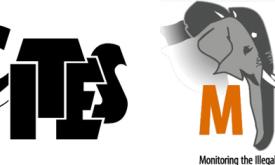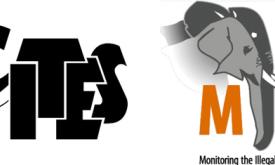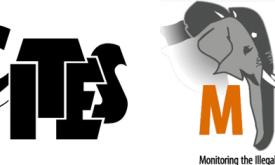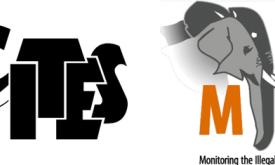Total number of elephant carcasses reported in MIKE programme over the monitoring period.
The global map shows total number of carcasses by MIKE site.
The regional and national tabs report aggregated statistics and the local tab shows the number of carcasses by protected areas involved in MIKE programme.





